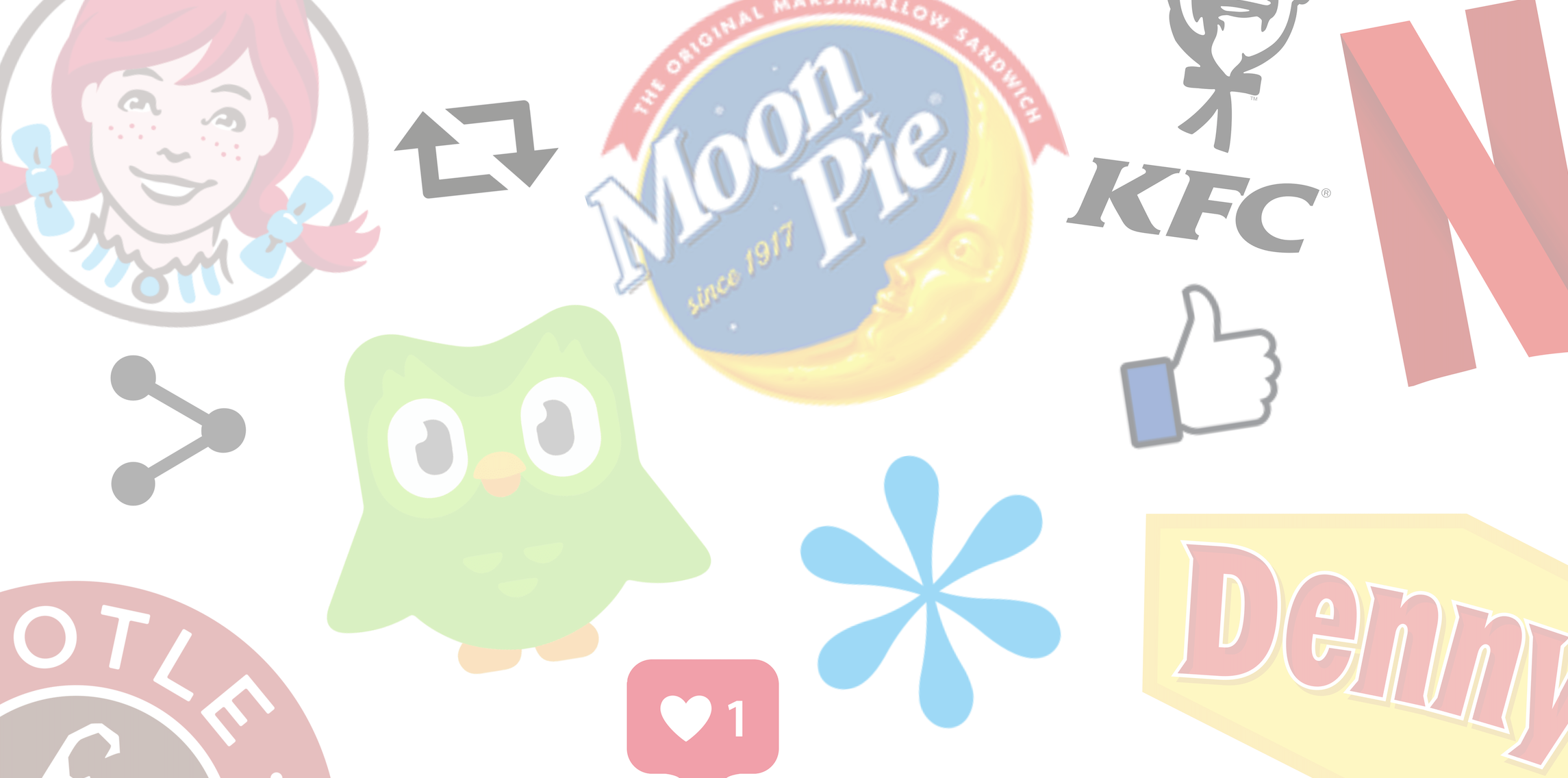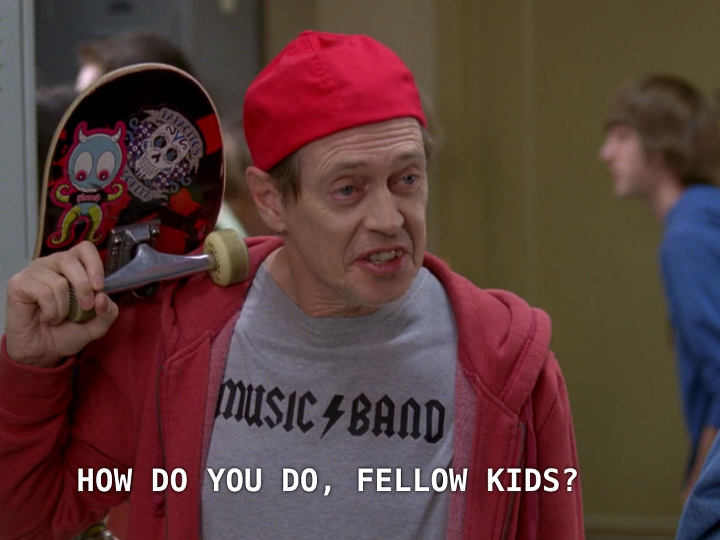My first memory of it was the Wendy’s Twitter account.
It seemed revolutionary: a brand tweeting like a human being, not like a stiff suit. When the account, behind the profile picture of Wendy herself, began roasting McDonald’s and posting witty quips, I was in awe. Could a brand really do that? What PR team fell asleep and let the interns run wild?
But it wasn’t a passing fad. Wendy’s social media relatability campaign started more than 6 years ago, and it shows no signs of stopping. The account is still reliably posting memes and writing with a very witty—and sassy—tone.
What is different 6 years later, however, is that Wendy’s isn’t special anymore. Where the account used to resemble a rebellious teen surrounded by its grandparents at a friendly reunion, more brands have decided to follow its path. Netflix, Denny’s, MoonPie, Duolingo, and even the National Park Service are among the countless brands who have taken a page out of Wendy’s playbook to seem more… well… human.
As this becomes the new standard marketing strategy for a younger demographic, the real question is: is it working? Or is it getting tired?
Not Like Other Brands
As millennials started to become brands’ target demographic in the mid-2010s, advertising to them was a bit of a mystery. Authenticity has long shaped the advertising world, but even moreso in the 21st century, where feelings of brand distrust are higher.
So, brands like Wendy’s took a risk, casting aside any professionalism to bond with its new young audience. And it worked, at first, with audiences pleased at such a “real” brand image.
But then Gen Z started to gain purchasing power, too. The newest generation of consumers are even more wary of brands. Wendy’s-style posting comes off just as inauthentically as stiff, unfeeling corporate marketing. Where Denny’s 2017 Tweets would amass up to tens of thousands of likes, its current tweets now average closer to just a few hundred.
This is especially the case when brands’ youthful marketing styles don’t match up with its demonstrated values. Netflix tweeting “Love is sharing a password” in 2017, just to disable password sharing in 2023, is a display of hypocrisy that audiences remember. Because of it, any further attempts to connect with audiences just seems fake.
It’s worth mentioning that millennials and Gen Z have different senses of humour, too, which is why marketing strategies for one group might not work for the other. Brands risk coming off as “cheugy” to the younger audience: a Gen Z term for something that is overly millennial, not trendy, and trying too hard to be cool.
A New Age of Relatability
Marketing to Gen Z is not going to succeed if brands use the same strategies they used for their millennial audience.
Is the solution to step back into the impersonal online persona? No. Brands are onto something in this new era of authenticity, and it’s time to take it one step further by making sure that their social media accounts are reflective of brand values and beliefs.
If brands come off as shallow, inconsistent, or performative, Gen Z will lose interest fast. Brands can’t just talk the talk—they have to walk the walk. Couple your quirky Twitter quips with a genuine commitment to good and sustainable business practices, two priorities of the youngest market.
The novelty of ironic marketing is wearing off, and newer audiences can see through the façade. Now that the gimmick has lost its shine, brands need to work a bit harder not just to go viral—but to keep their customers coming back. Otherwise, they’ll succumb to the worst fate of all: being cheugy.








